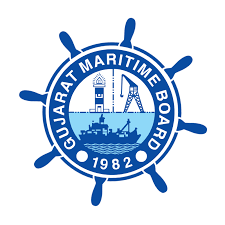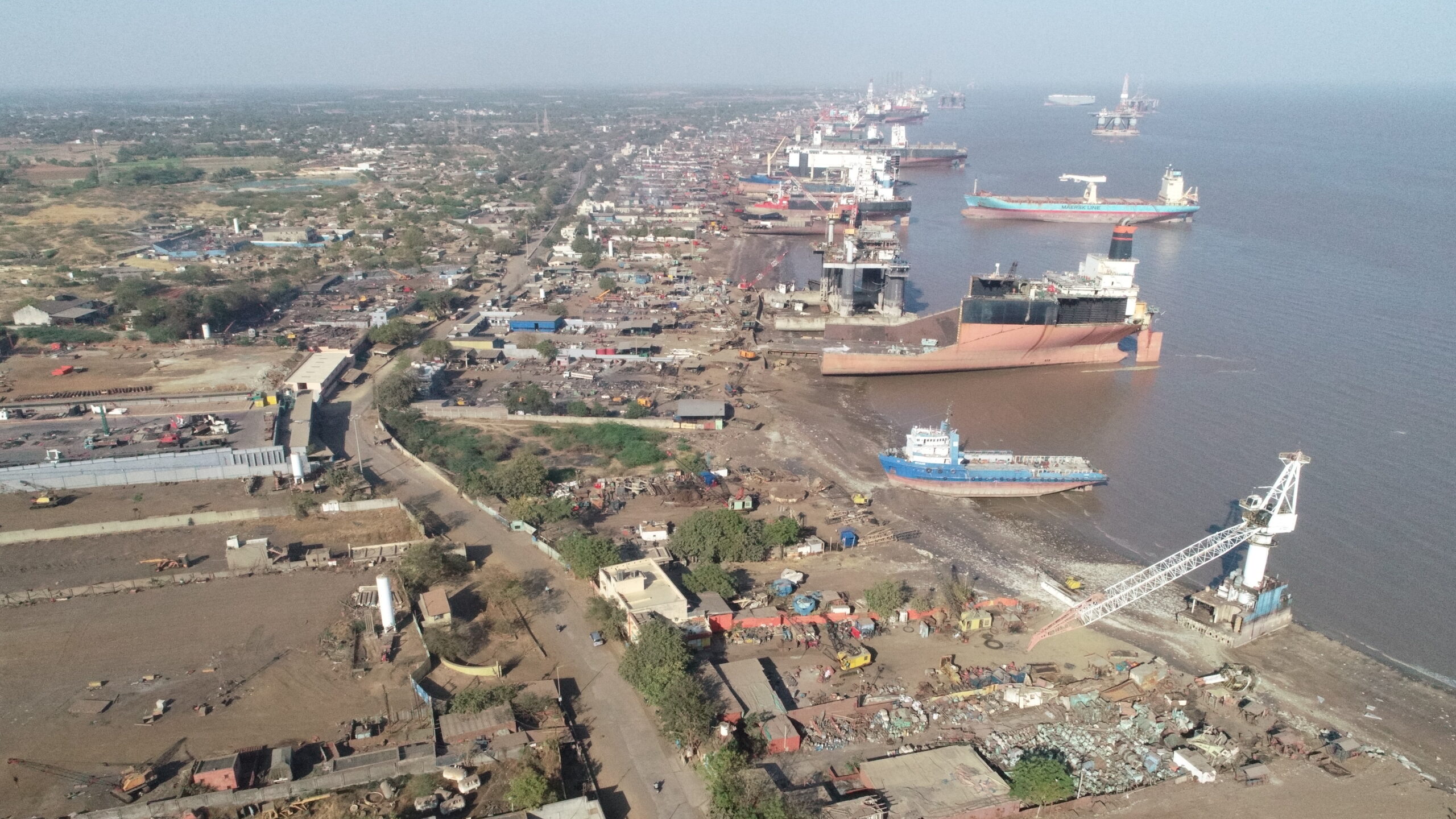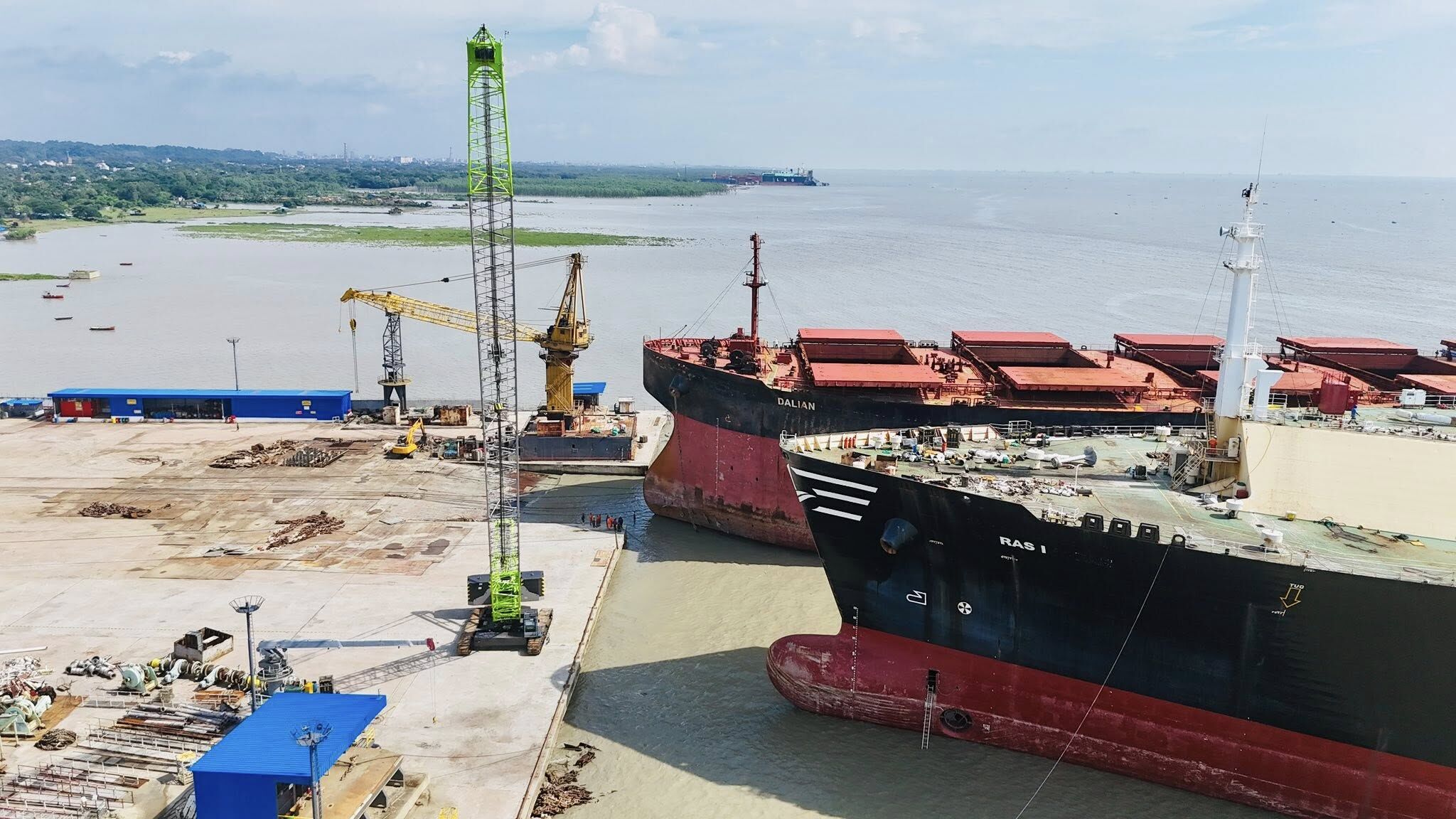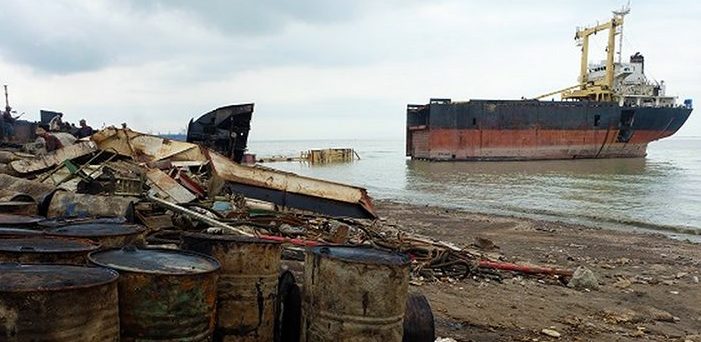Surprising Middle Eastern Escalations: The Houthis and the Challenge to Global Order

In a region no stranger to conflict, the past year in the Middle East has been one of unprecedented turbulence. The sudden, large-scale assault by Hamas on Israel resulted in the bloodiest day for Jews since the Holocaust, and the ensuing Israel-Hamas conflict has dragged on far longer than most anticipated. Alongside these hostilities, Iran launched what is possibly the largest drone and missile strike ever seen against Israel, only to be met with an extraordinary level of international cooperation, bringing together countries from across the Middle East and beyond.
However, the most unexpected and concerning development goes beyond the traditional players in the Middle East. It involves a radical, quasi-state group from Yemen that many outside the region had barely heard of: the Houthis. This group, born out of Yemen’s complex civil war, has emerged as a major disruptor, mounting a serious challenge to global maritime stability. In doing so, they have arguably dealt a significant blow to the United States, a superpower struggling to respond to this latest crisis.
Houthis on the Offensive: Bab el-Mandeb Under Siege
The Houthis launched their campaign in late 2023, targeting shipping through the Bab el-Mandeb Strait, a crucial waterway connecting the Red Sea to the Gulf of Aden. This narrow passage is one of the world’s most important maritime chokepoints, facilitating the movement of oil, goods, and military assets. Nominally, the Houthis justified their attacks as solidarity with the Palestinian cause, but their actions also seem aimed at gaining influence within the so-called “Axis of Resistance,” a network of Middle Eastern militant groups aligned with Iran.
By the time Washington intervened in January with “Operation Prosperity Guardian,” the Houthis had already made significant strides. This operation, led by U.S. naval forces, aimed to protect international shipping through defensive measures, including deploying destroyers to intercept drones and missiles. In addition, airstrikes were launched to degrade the Houthis’ capabilities within Yemen. Yet, despite these efforts, the outcome has been less than decisive.
The Houthis have managed to cut traffic through the Suez Canal by more than half, depriving Egypt of crucial toll revenues. They’ve crippled Israeli trade via the Red Sea by bankrupting the port of Eilat, a critical gateway in the Gulf of Aqaba. Nearly a year into the conflict, the Houthis appear more emboldened than ever. They recently disabled an oil tanker in a strike that raised alarms over a potential environmental disaster, with the threat of a massive oil spill looming large. A vital waterway that carries between 10% and 15% of global trade has become a deadly battleground.
A Complex Web: Old Conflicts and New Threats
The Bab el-Mandeb, meaning “Gate of Tears” in Arabic, has long been a zone of conflict and contestation. Flanked by volatile regions on both sides — Yemen to the east and the Horn of Africa to the west — it has drawn foreign intervention for decades. Yet the Houthis’ modern-day campaign reflects a new dimension of global conflict, one that mixes old regional rivalries with fresh, emerging dynamics.
One striking feature is the declining cost of projecting power. The Houthis are far from a conventional military power. They don’t even fully control Yemen, where a brutal civil war has raged since 2015. But with access to drones and missiles — many of them supplied or facilitated by Iran — the Houthis have been able to exert a disruptive influence far beyond their immediate borders.
This crisis illustrates how small, non-state actors can leverage inexpensive yet effective technologies to disrupt global systems. The Houthis have been aided by Iran, which has provided both weaponry and the expertise to deploy it. The conflict also reflects how external powers — particularly Iran — are using proxies to challenge international norms.
A second key factor is the strategic coordination among anti-Western powers. The Houthis’ rise has been fueled by Iran and its Lebanese ally, Hezbollah. In addition, since October 2023, the Houthis have curiously spared Chinese shipping from their assaults, which has raised eyebrows about tacit understandings or agreements with Beijing. Moscow, too, has been implicated in providing covert support to the Houthis, as Russia seeks to undermine U.S. influence in the Middle East and beyond.
For both China and Russia, a prolonged U.S. entanglement in the region serves their geopolitical interests. The ongoing Red Sea crisis places additional strain on U.S. resources and attention, diverting it from other theaters like Eastern Europe and the Indo-Pacific.
The Cost of U.S. Restraint: A Reluctant Superpower
Compounding the problem is America’s current posture of strategic caution. Despite the Houthis’ increasing boldness, Washington has avoided escalation. The U.S. has refrained from taking more drastic actions, such as sinking Iranian ships that are thought to be aiding the Houthis or targeting the infrastructure that supports the Houthi regime within Yemen itself. Instead, the U.S. has pursued a more restrained, tit-for-tat approach.
This reluctance reflects deeper concerns about military overstretch. The U.S. military is already spread thin across multiple theatres, with insufficient cruise missiles, warships, and other critical assets to fully escalate its campaign in Yemen without undermining its preparedness for potential conflicts in Europe or the Indo-Pacific.
The result is an uneasy status quo, where the Houthis and their backers in Tehran can keep the conflict simmering at a level that suits their interests, all while avoiding direct confrontation with the U.S. This approach may reduce the immediate risk of a broader regional conflict, but it has emboldened the Houthis and further destabilized a critical maritime corridor.
A Dangerous Precedent: The Erosion of International Norms
One of the most troubling aspects of this saga is the breakdown of global norms that have long safeguarded international stability. Although the economic impact of the Houthis’ campaign has been somewhat mitigated by the adaptability of global shipping routes, the long-term implications are severe.
The Houthis have managed to disrupt one of the world’s most important maritime routes with relatively low-cost technology and have done so with only limited repercussions. This sets a dangerous precedent for other non-state actors or revisionist powers who may be tempted to challenge established international rules without fear of meaningful consequences.
This erosion of global norms mirrors what is happening in Ukraine, where Russia’s invasion has challenged the post-World War II principle against territorial conquest. Together, these crises highlight a growing willingness among some actors to flout the rules that have underpinned global security and prosperity for decades.
Looking Ahead: A U.S. Dilemma
As the Israel-Hamas conflict drags on and tensions with Iran simmer, U.S. President Joe Biden has sought to avoid further escalation in the Middle East. A ceasefire in Gaza could deprive the Houthis and other Iranian proxies of their justification for continuing hostilities, but it is far from certain that this would resolve the Red Sea crisis.
With the U.S. presidential election looming, Biden’s administration appears focused on navigating the current crisis without provoking a larger confrontation. But whoever occupies the Oval Office after 2024 will inherit a Middle East in turmoil, where American power is being challenged on multiple fronts — including at sea.
The challenge posed by the Houthis in the Red Sea is not just a regional problem. It reflects a broader struggle over the future of global order, one in which non-state actors, backed by revisionist powers, are increasingly willing to challenge the norms that have kept the world relatively stable since the end of World War II.
Author: shipping inbox
shipping and maritime related web portal









2 thoughts on “Surprising Middle Eastern Escalations: The Houthis and the Challenge to Global Order”
I do not even know how I ended up here, but I thought this post was great. I do not know who you are but definitely you are going to a famous blogger if you are not already 😉 Cheers!
Thank you Very Much Sir